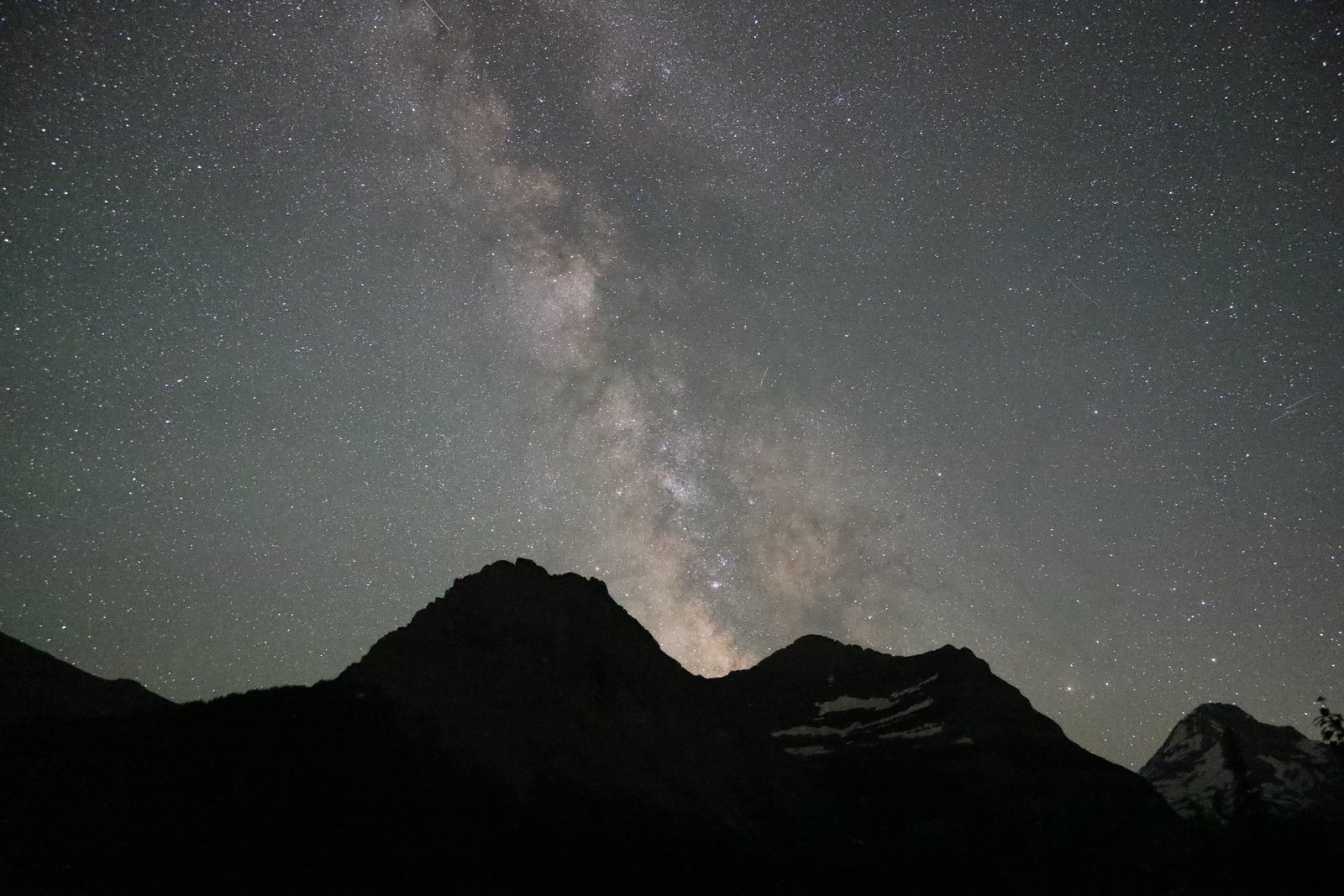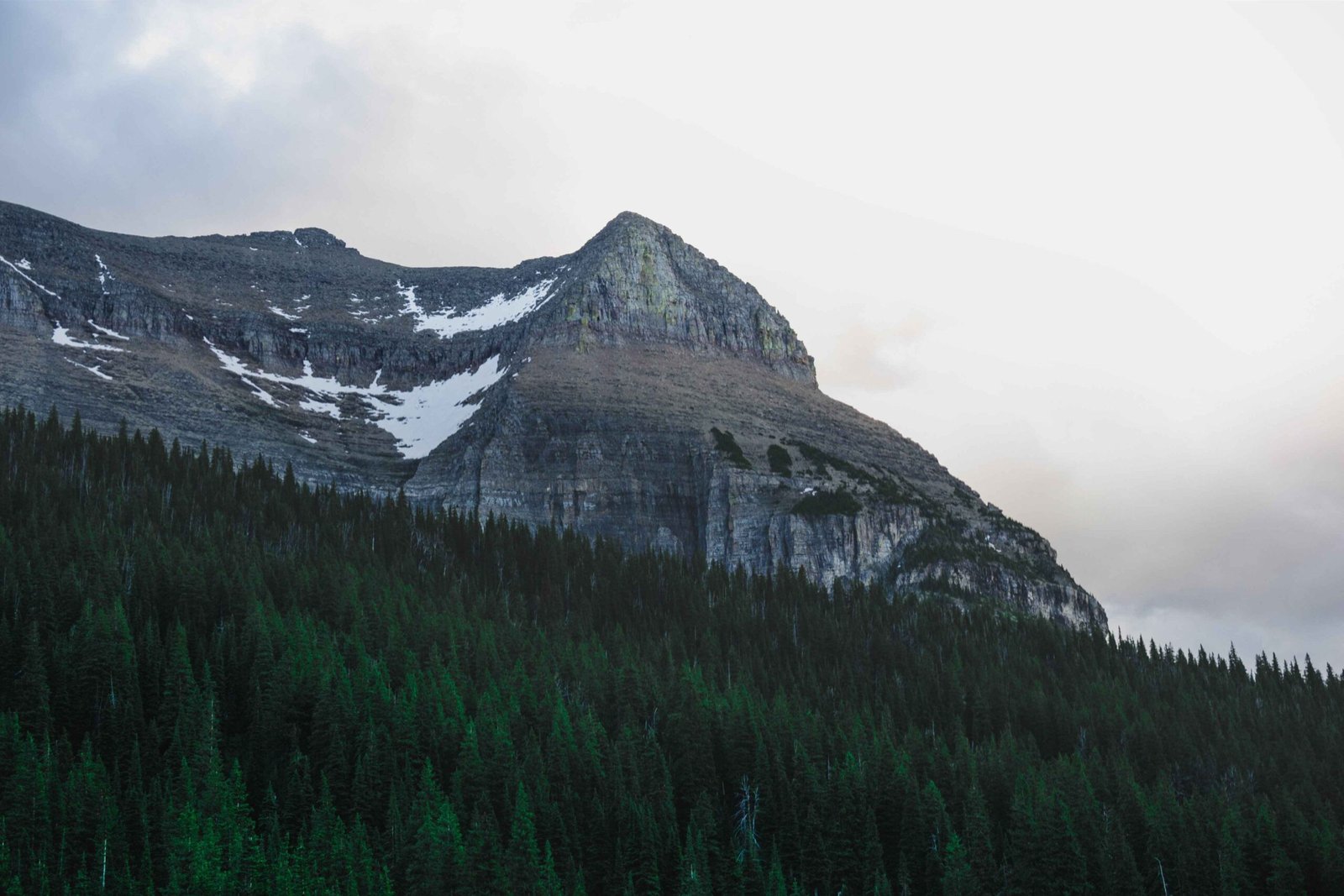Glacier National Park in Canada, renowned for its stunning landscapes and rich history, is a testament to the country’s natural beauty. While the park itself doesn’t have a specific Canadian flag-themed attraction, it embodies the spirit of Canadian wilderness and heritage. This guide explores the park’s features, hiking trails, and viewpoints, providing insights for visitors interested in experiencing the essence of Canada’s natural wonders and potentially capturing images that include the Canadian flag in this majestic setting.
What Are the Best Locations to See the Canadian Flag in Glacier National Park?

While there isn’t a dedicated Canadian flag display in Glacier National Park, visitors can often spot the national symbol at key locations:
- Rogers Pass Discovery Centre
- Park entrance gates
- Visitor information centers
- Historic sites within the park
These locations typically fly the Canadian flag as a symbol of national pride and to mark important park facilities.
Where Can Visitors Find the Most Scenic Viewpoints in the Park?

Glacier National Park offers numerous breathtaking vistas that capture the essence of Canadian wilderness:
- Rogers Pass: A historic and scenic area accessible via the Trans-Canada Highway
- Illecillewaet Glacier Viewpoint: Offers dramatic views of the retreating glacier
- Avalanche Crest Trail: Provides panoramic views of the surrounding mountains
- Asulkan Valley: Known for its stunning alpine scenery
These locations not only offer incredible photo opportunities but also provide a perfect backdrop for those wishing to include the Canadian flag in their shots.
What Are the Must-Try Hiking Trails in Glacier National Park?
The park boasts an extensive network of hiking trails suitable for various skill levels:
- Illecillewaet Glacier Trail
- Distance: 5.5 km round trip
- Difficulty: Moderate
-
Highlights: Views of Illecillewaet Glacier, alpine meadows
-
Avalanche Crest Trail
- Distance: 7 km round trip
- Difficulty: Challenging
-
Highlights: Panoramic views, diverse ecosystems
-
Meeting of the Waters Trail
- Distance: 1.6 km loop
- Difficulty: Easy
-
Highlights: Confluence of Illecillewaet and Asulkan Rivers
-
Asulkan Valley Trail
- Distance: 14 km round trip
- Difficulty: Challenging
- Highlights: Glaciers, waterfalls, alpine meadows
These trails offer diverse experiences and opportunities to immerse oneself in the Canadian wilderness.
What Facilities Are Available at Rogers Pass Discovery Centre?
The Rogers Pass Discovery Centre serves as the main hub for visitor information and services:
| Facility | Description |
|---|---|
| Information Desk | Staffed by knowledgeable park rangers |
| Interpretive Exhibits | Showcasing park history and ecology |
| Gift Shop | Offering souvenirs and Canadian flag merchandise |
| Restrooms | Clean and accessible facilities |
| Parking | Ample parking for visitors |
The centre is an excellent starting point for any visit to Glacier National Park, providing crucial information and resources.
How Can Photographers Capture the Canadian Flag in Glacier National Park?
While there’s no specific Canadian flag display, photographers can incorporate the flag in their shots creatively:
- Bring a small Canadian flag to include in landscape shots
- Look for official flag displays at park facilities
- Capture images during Canada Day celebrations (July 1st) when flags are more prominently displayed
- Focus on natural elements that symbolize Canadian wilderness
Remember to respect park rules and leave no trace when setting up shots.
What Is the Historical Significance of Rogers Pass in Glacier National Park?
Rogers Pass holds immense historical importance:
- Discovered in 1881 by Major A.B. Rogers
- Crucial for the completion of the Canadian Pacific Railway
- Played a vital role in connecting British Columbia to the rest of Canada
- Now part of the Trans-Canada Highway, showcasing engineering marvels
The pass represents a blend of natural beauty and human achievement, embodying the spirit of Canadian exploration and development.
What Wildlife Can Visitors Expect to See in Glacier National Park?
The park is home to a diverse array of wildlife:
- Grizzly and black bears
- Mountain goats
- Caribou
- Wolverines
- Various bird species including golden eagles
Visitors should maintain a safe distance from wildlife and follow park guidelines for animal encounters.
How Does Climate Change Affect Glacier National Park?
Climate change has significant impacts on the park:
- Rapid glacier retreat
- Changes in plant and animal habitats
- Increased risk of wildfires
- Alterations in water flow and availability
The park serves as a stark reminder of the effects of global warming on Canada’s natural landscapes.
What Are the Best Seasons to Visit Glacier National Park?
Each season offers unique experiences in the park:
- Summer (July-August)
- Peak hiking season
- Warmest temperatures
-
Busiest time for visitors
-
Fall (September-October)
- Beautiful fall colors
- Fewer crowds
-
Cooler temperatures
-
Winter (November-April)
- Excellent for winter sports
- Limited access to some areas
-
Stunning snow-covered landscapes
-
Spring (May-June)
- Wildflowers in bloom
- Increasing accessibility as snow melts
- Potential for unstable weather
Consider your preferences and planned activities when choosing the best time to visit.
How Can Visitors Contribute to Conservation Efforts in Glacier National Park?
Visitors can play a crucial role in preserving the park:
- Follow Leave No Trace principles
- Participate in volunteer programs
- Support park conservation initiatives
- Educate others about the importance of preserving natural habitats
- Minimize carbon footprint during visits
By actively participating in conservation efforts, visitors can help ensure the park’s beauty for future generations.
Glacier National Park, while not specifically showcasing the Canadian flag, embodies the essence of Canadian natural heritage. Its majestic landscapes, rich history, and diverse ecosystems offer visitors a profound connection to Canada’s wilderness. Whether hiking through alpine meadows, photographing glaciers, or learning about the park’s history, visitors can experience the pride and beauty that the Canadian flag represents in this stunning natural setting.
References:
1. Glacier National Park – Parks Canada
2. Glacier National Park (Canada) – Wikipedia
3. Maps – Glacier National Park (U.S. National Park Service)